Recently, the news of the iPhone 7’s release has taken social media by storm! As usual, before the iPhone 7 is officially launched, various speculations and rumors about the phone are spreading rapidly online, overwhelming everyone. Among many rumors, it has been confirmed that the iPhone 7 will feature a dual-camera system. So, what is the technical principle behind dual-camera technology? What has it gone through? Today, let’s dive into this topic.
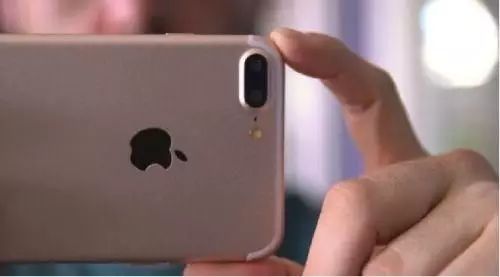
 What is the Principle of Dual Cameras?
What is the Principle of Dual Cameras?

Generally speaking, the camera interfaces of current smartphones are all MIPI (Mobile Industry Processor Interface) interfaces. Previously, mobile platforms only had two MIPI interfaces, one for the front camera and one for the rear camera. To implement a dual-camera system, the platform needs to support at least three MIPI interfaces. In fact, on some high-end platforms, to achieve higher pixel counts, dual ISP (Image Signal Processing) has already been used. For example, to support a 16M camera, two 8M-capable ISPs are used. Such platforms may only have two MIPI interfaces, but this does not prevent engineers from implementing a front single camera + rear dual camera setup.
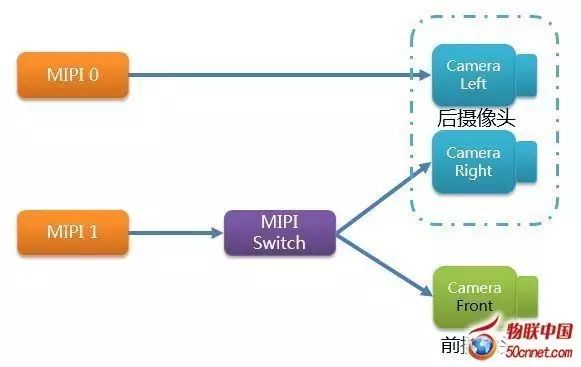
 So, what can dual cameras actually do?
So, what can dual cameras actually do?

1. Dual cameras can measure distance and enable related applications
The human eye can easily locate the distance of an object, but when one eye is closed, the ability to locate decreases significantly. Dual cameras simulate the function of human eyes. Simply put, to measure distance, algorithms calculate the angles θ1 and θ2 between the object and the left/right cameras, and with a fixed y value (the distance between the two cameras), it becomes easy to calculate the z value (the distance from the object to the camera).
2. Dual cameras can achieve optical zoom
Optical zoom mainly uses different FOV (field of view) for the left and right cameras, allowing them to capture different perspectives. When users need a wide-angle photo, they use the left camera with an 85-degree FOV for a wide-angle effect. When users need a telephoto shot, they use the right camera with a 45-degree FOV for a telephoto effect.
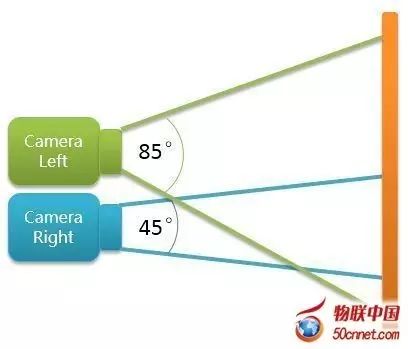
To ensure a high overlap of objects captured by the left and right cameras, the optical zoom dual-camera module should not have too much distance between the cameras, but rather should be as close as possible.
If the two cameras have different FOVs—one wide and one narrow—and the algorithm is used to achieve the effect between the two optical lenses, optical zoom can be easily achieved.
3. Enhanced low-light performance
Generally, enhancing low-light performance involves using one RGBG standard camera and one black-and-white camera without the RGBG filter. The RGBG camera captures the object’s color, while the black-and-white camera captures better light intake to assess the light intensity of the object. The two images are then merged to achieve better low-light enhancement.
There are currently two merging methods:
A. Use the black-and-white image as the base, applying the color of each pixel from the color image onto the black-and-white image, merging the two images.
B. Use the color image as the base, compensating the light intensity from the black-and-white image onto the color photo, merging the two images.
Which method is more suitable for merging may vary from person to person and will not be discussed here.
Similarly, for low-light enhancement, to ensure a high overlap of objects captured by the left and right cameras, this type of dual-camera module also requires the cameras to be as close as possible.

4. 3D photography and 3D modeling
The algorithms for 3D photography and 3D modeling are somewhat similar to distance applications, but they require higher precision and sometimes need infrared distance measurement for more accurate distance assessment.
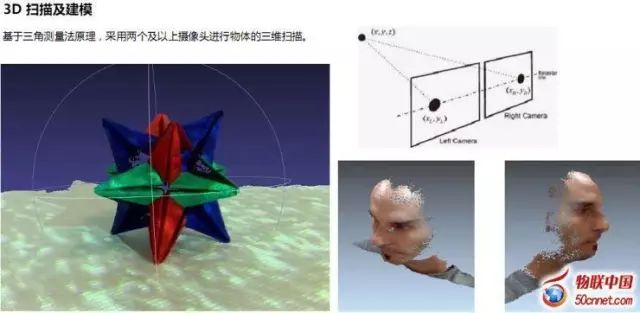
By now, you should understand what dual cameras are and what they can do.
The author believes that Apple is not focused on pixel count, so the increase in pixels can be ruled out;
Additionally, the current naked-eye 3D screen technology is not mature, with limited application scenarios and average experience, so this can also be ruled out;
Thus, the only remaining options are to increase light intake, improve photo quality, and achieve depth of field effects and wide-angle effects. The new iPhone can achieve one or more of these.
 What Journey Has Dual Camera Technology Gone Through?
What Journey Has Dual Camera Technology Gone Through?

1. Early Unsuccessful Attempts
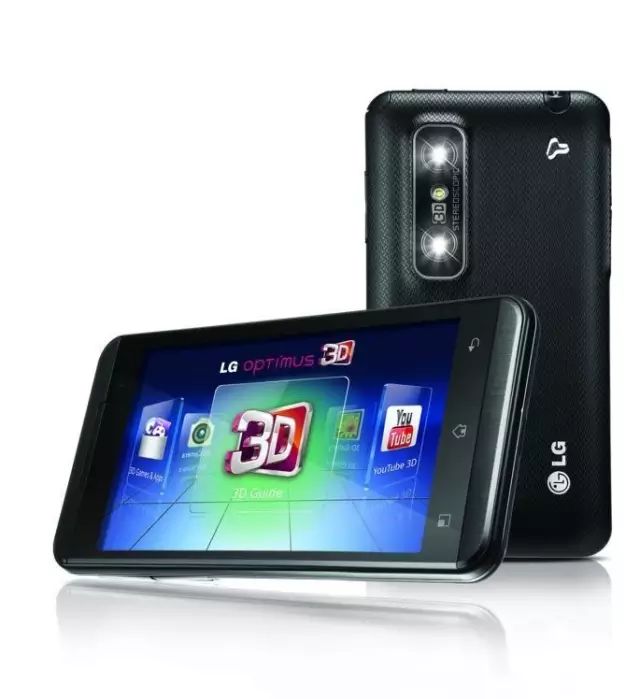
In fact, smartphones equipped with dual cameras have not just appeared in recent years; they were already on the market as early as 2011, with models like HTC G17, HTC EVO 3D, and LG Optimus 3D featuring dual cameras. However, like any technology, it undergoes a process from infancy to continuous improvement and maturation, and before technology matures, many explorers face failures. HTC and LG played the roles of tragic explorers back then. Although the HTC G17 and LG Optimus 3D theoretically had the capability to capture 3D photos and videos with two 5-megapixel cameras, due to the relative immaturity of the technology, the hype around dual cameras far exceeded the actual effect, and other factors contributed to the unsatisfactory sales of both phones.
2. Relatively Mature Dual Camera Technology
Compared to the dual camera technologies that previously faced many challenges, the approach of combining a black-and-white camera with a color camera, introduced in the second half of 2015, represents a more mature technology. Coupled with Leica-certified lenses, the Huawei P9 benefited from this technology to surpass previous Huawei phones in photographic performance.
So, what exactly is the black-and-white camera + color camera setup?
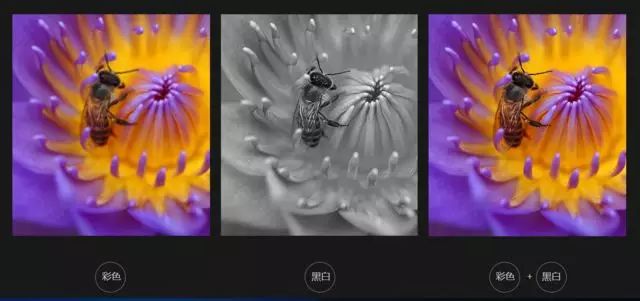
Since CMOS sensors can only record light intensity and not color, a Bayer filter must be added to the CMOS sensor to capture color photos. However, as the saying goes, to gain something, you must lose something. Using a Bayer filter results in nearly two-thirds of light intake being lost, leading to a significant increase in noise in low-light conditions. The black-and-white camera uses a sensor that can only record light intensity, which means it has no Bayer filter, allowing it to capture nearly three times the amount of light, effectively enhancing pixel detail in low-light conditions.
When capturing photos with the black-and-white camera + color camera setup, the black-and-white sensor enhances detail capture, the color sensor is responsible for color reproduction, and the image processor merges the black-and-white and color photos, resulting in a high-resolution photo with realistic color reproduction.Notably, due to the relatively high light intake of the black-and-white CMOS sensor, noise in low-light photos is also relatively less. The Huawei P9, Honor 8, Honor V8, and 360 Qiku flagship models all use the black-and-white camera + color camera setup, differing only in the specific models of the camera sensors used.
3. What Dual Camera Technology Does the iPhone 7 Use?
The iPhone 7 features a single 12-megapixel camera with an aperture of f/1.8, supporting OIS (optical image stabilization) and RAW format output, along with a new dual-tone flash. The iPhone 7 Plus is equipped with two 12-megapixel cameras, one for wide-angle and the other for telephoto, significantly enhancing the depth of field effect in photos. Users can easily zoom in 2x, 5x, and up to 10x without excessive loss of image quality. Furthermore, the front cameras of both the iPhone 7 and 7 Plus have been upgraded to 7 megapixels.
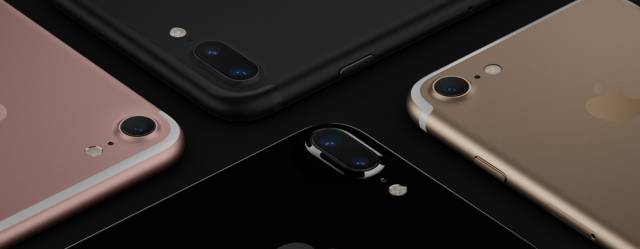
It seems that this camera functionality, comparable to that of a DSLR,
will easily turn everyone into photography masters.
Before long, your social media will be filled with beautifully blurred background photos!


Source: Daily Science
More articles and event details can be found by clicking on the original text